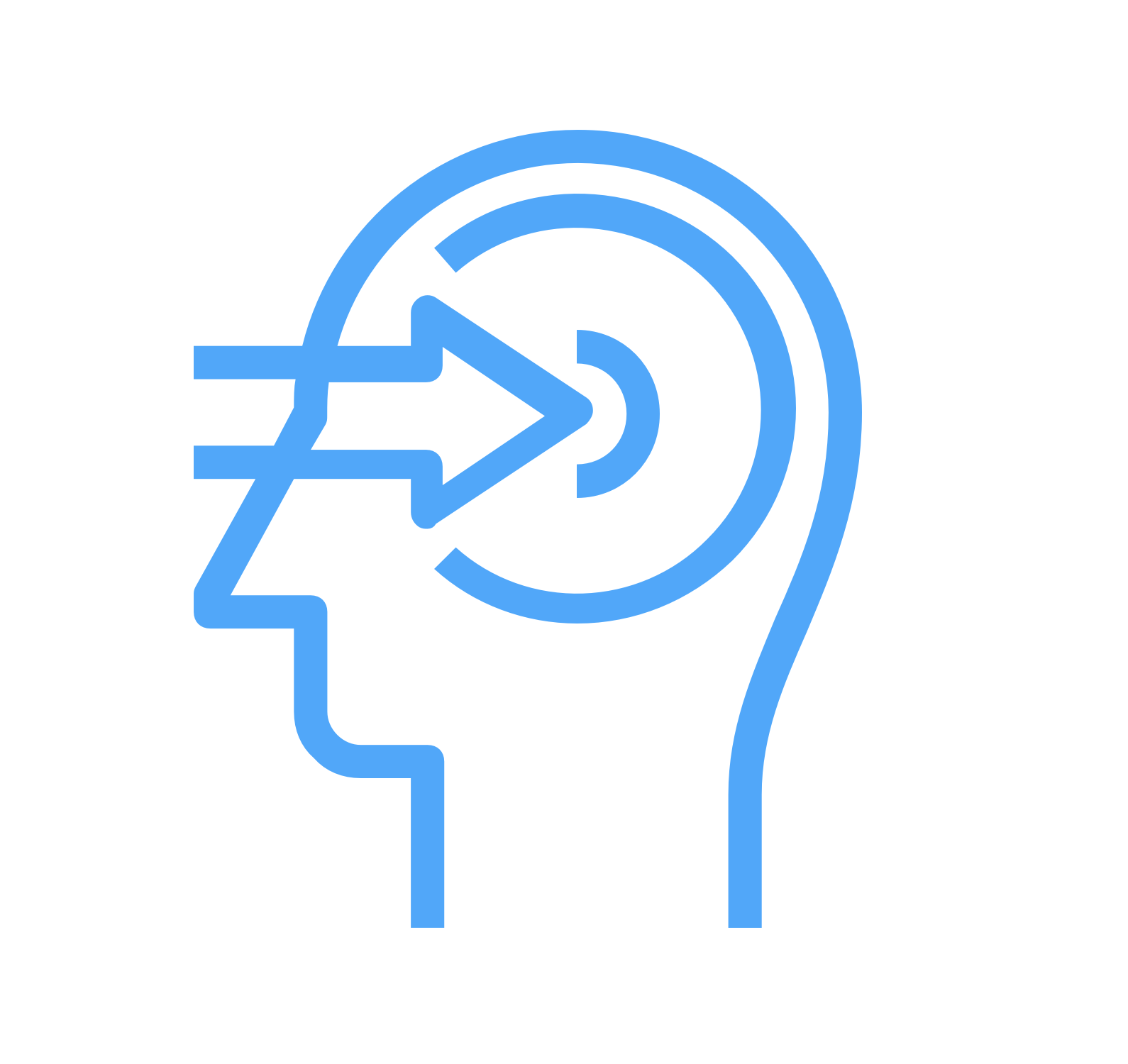
Calculus Volume 2
The comprehensive contents from this book, combined with Odigia’s Teaching and Learning Tools have everything you need to engage, collaborate, track and assess your students.
This course includes:

235
example problems

315
practice questions
Helping Teachers Do What They Do Best: Teach

Customize
Use our courses as is or easily customize them to fit your teaching style and the needs of your students. You can add your favorite resources, hide and show our existing content and pre-built assessments, or make them your own. Everything your students need, in one place!

Engage and Collaborate
Odigia combines learning materials, discussions, and tools to create a familiar social experience for students allowing you to easily connect and redirect students attention.

Track
See how much time students are spending on different areas of the course, which areas are creating the most amount of engagement and identify topics the students are struggling with. Flag and provide feedback on assignments to proactively meet individual students' needs.

Assess
Game theory allows students to monitor their progress visually and motivates them to stay on track. Students can see exactly what activities they need to complete, which ones have been flagged and compare their progress against the overall class.
Calculus Volume 2 Course Outline
Concepts Covered: Concepts Covered: Concepts Covered: Concepts Covered: Concepts Covered: Concepts Covered: Concepts Covered:What is integration?
How is integration applied?
Why is understanding the different techniques of integration important?
How are differential equations solved and used?
How are sequences and series used in calculus?
What are power series?
What is the significance of parametric equations and polar coordinates?
Calculus is designed for the typical two- or three-semester general calculus course, incorporating innovative features to enhance student learning. The book guides students through the core concepts of calculus and helps them understand how those concepts apply to their lives and the world around them. Due to the comprehensive nature of the material, we are offering the book in three volumes for flexibility and efficiency. Volume 2 covers integration, differential equations, sequences and series, and parametric equations and polar coordinates.
About the authors:
Senior Contributing Authors
Gilbert Strang, Massachusetts Institute of Technology
Edwin “Jed” Herman, University of Wisconsin-Stevens Point
Contributing Authors
William Radulovich, Formerly at Florida State College at Jacksonville
Erica M. Rutter, Arizona State University
David Smith, University of the Virgin Islands
Kirsten R. Messer, Colorado State University-Pueblo
Alfred K. Mulzet, Florida State College at Jacksonville
Nicoleta Virginia Bila, Fayetteville State University
Sheri J. Boyd, Rollins College
Joyati Debnath, Winona State University
Michelle Merriweather, Bronxville High School
Valeree Falduto, Palm Beach State College
Elaine A. Terry, Saint Joseph’s University
David Torain, Hampton University
Catherine Abbott, Keuka College
Joseph Lakey, New Mexico State University
Julie Levandosky, Framingham State University
David McCune, William Jewell College


